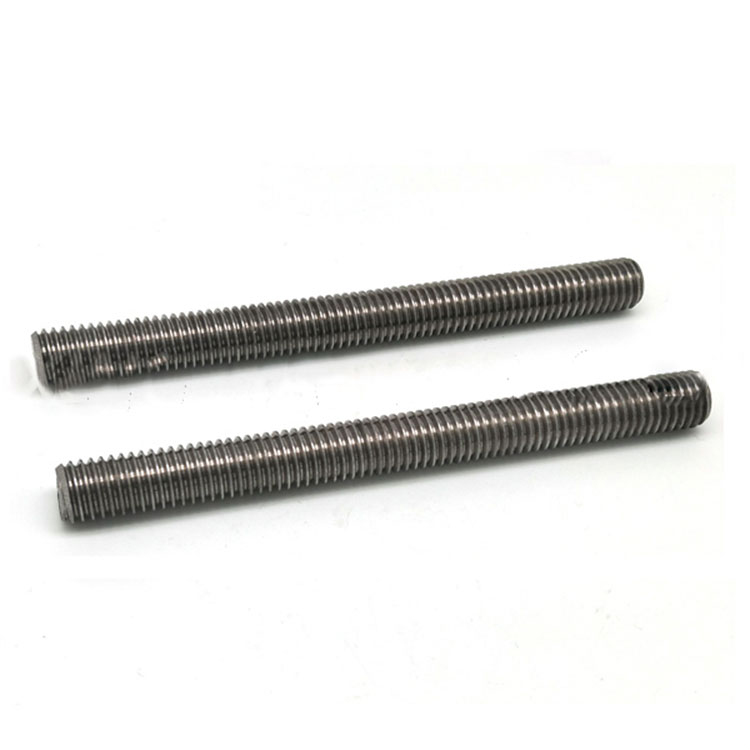What is the difference between a threaded rod and a lead screw?
2025-04-09
Both threaded rods and lead screws are indispensable transmission elements in mechanical rotation, but they still have some differences in some aspects.

1. Use environment
Threaded rods have no requirements for the use environment and can be used without lubricants. Lead screws often need to be used under lubricant conditions.
2. Transmission method
Our threaded rods achieve transmission or linear motion through the axial movement of the thread. Lead screws are transmitted by sliding between the thread and the nut.
3. Movement form
Threaded rods are more suitable for rotational motion in the use environment. Rotational and linear motion can be achieved between the lead screw and the nut, and the transmission composed of the lead screw and the nut can achieve precise position control.
4. Naming method
The naming method of threaded rods is generally named by nominal diameter. The naming method of lead screws is generally named by diameter plus step. The naming methods of the two are different.
The correct name of the lead screw is lead screw, not lead screw. Because most of them are used to transmit power, they are mostly trapezoidal threads. Threaded rods are mostly used for fastening and connection, and are also used to transmit small power, so most of them are triangular threads, that is, ordinary threads.


